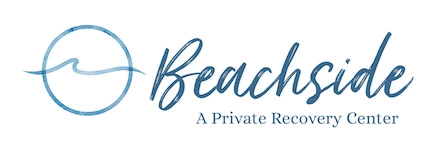
What are Some of the Symptoms of SAD?
People that are unfortunate enough to suffer from SAD frequently complain of:
- Being late for appointments
- An inability to concentrate
- An inability to keep up with household responsibilities
- Compromised self-care
- Weight gain
- Increased irritability
- An inability to maintain any positive relationships
- A general malaise
Unfortunately, many people that suffer from SAD do not seek help. Self-medication (through drugs or alcohol) can seem to mediate the depression and can lead to addiction. Once addiction has set in, the symptoms of SAD come back every winter, and a cycle of depression and addiction begins.
How to Deal with Seasonal Affective Disorder when in Recovery
SAD is particularly dangerous for people in drug or alcohol addiction recovery. SAD can often cause desperate and totalizing feelings of sadness, and isolation. Sufferers may be subject to sleep disorders, digestive tract issues, and abject hopelessness. For a person already in recovery, this can be a trigger to self-medicate. Self-medication feels like it works, but when the alcohol or drugs leave the body, the depression comes back hard and heavy. Some ways to combat SAD include:
- Maintaining a positive sleep and wake up routine
- Regular exercise
- Yoga
- Eating a healthy and balanced diet
- Limiting salt and sugar
- Mediation
- Light therapy
Dual Diagnosis: SAD and Addiction
If you are suffering from substance abuse problems and a mood disorder like SAD, you may be given a dual diagnosis. A dual diagnosis can lead to a much-diminished quality of life and can make it difficult for any addiction treatment to be effective. Dual diagnoses are altogether too common; those who suffer from addiction are twice as likely to have a mood disorder. When a person leaves rehab and they return to their prior environment – or, in the case of SAD, when winter sets in – a person can be overwhelmed and panic. Drug and/or alcohol abuse can cycle around again in a dual diagnosis situation.
The correct prescription medication, education, and counseling are all parts of an effective, customized dual diagnosis treatment for SAD and addiction. Other parts of the plan may include:
- Detox
- Personal therapy
- Group therapy
- Holistic treatments
Many people suffering from SAD don’t seek help, and coping with SAD can become a serious problem. Do not hesitate to give us a call 24/7 at 866-349-1770. Help is at hand.
